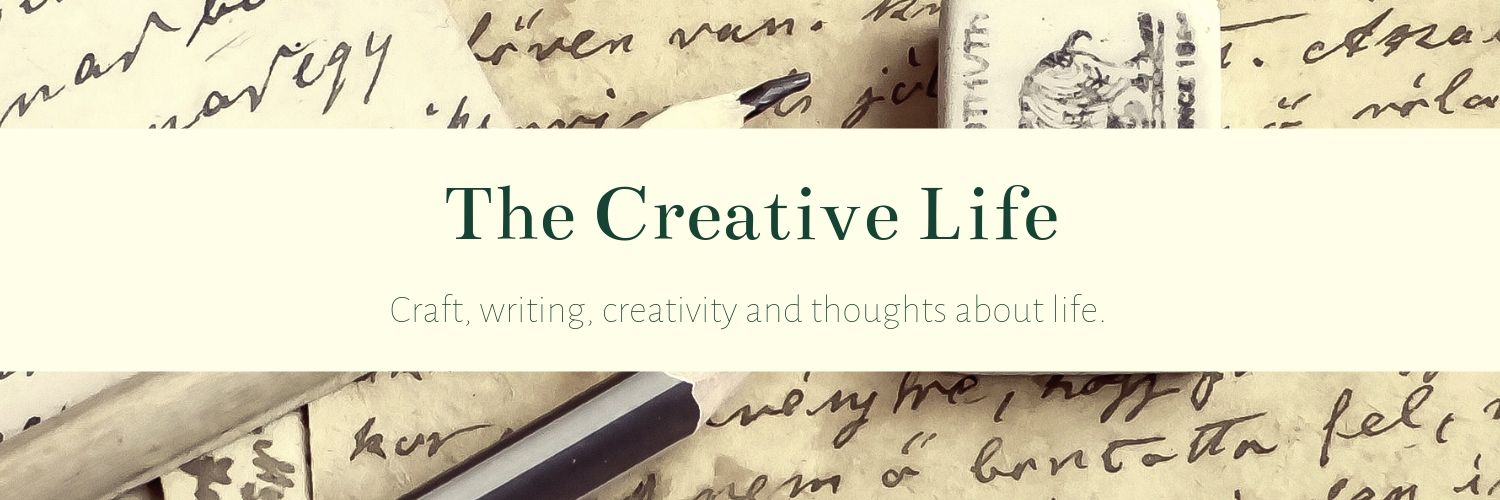This lesson on story structure continues my new blog series on the craft of writing. I’ve adapted the piece on structure from my Memoir Writing class. Enjoy!
Previous: Story Structure Part One: The Importance of Structure
Structure
PART TWO
Structural Variations
Every writing teacher I’ve worked with advises students to make each story their own. I do it myself. This advice used to frustrate me, no end. How could you possibly take a traditional story, one that had been told before-a love story, for instance-and make it uniquely yours? There are, after all, only so many variations on the Romeo-Juliet theme.
Then I learned about story structure. And voila-a door opened!
Varying structure is, for the writer, analogous to a contractor’s changing basic building materials-type and style of windows, for instance. By changing the foundation (concrete to stone, for example), altering the facade-brick, stone, shakers, shingles, stucco-the type of windows, the shape, color and size of the doors, adding dormers or extensions, a contractor can make one style of house-say, a Cape Cod-look endlessly different.
The same is true for a short story writer or novelist. Experienced writers create hybrids by twisting, inventing and combining structures in surprising and interesting ways. Varying structure enables us to create, from one basic plot, an almost endless number of stories.
A traditional story begins with a character, in a particular time and place, confronted by some sort of problem-proceeds in chronological order through a period of rising action, during which confrontations and internal and/or external tensions play out, and ends with a resolution.
But that’s only one way to tell a story.
Below I describe five relatively common story structures. Let your mind wander. How might you change or combine one or more of these to create with your own unique story?
Frame: the story begins and ends with the narrator in a particular place. For example, a story begins with a young woman walking up Madison Avenue in New York, on her way to an acting audition. A few blocks from her destination, she witnesses a brutal mugging. This is an important audition, one that will decide her future, and she can’t afford to be late. Will she do the right thing-stop, help the victim, give an eyewitness account to police-and possibly miss the audition? Or will she keep walking? The story resolves this dilemma, and completes the frame by ending with her walking up Madison Avenue.
Reverse Chronology: the author divulges the ending, and the story moves backward to figure out how the hero got to where he or she landed. Harriet Doerr begins her wonderful novel Stones for Ibarra, the moving tale of an American ex-pat couple who move from San Francisco to a family home in Mexico, with the death of the narrator’s husband, Richard. The novel follows Richard’s work and moves through his eventual illness and death. By beginning with the death, Doerr shifts the focus-and meaning-of her novel away from the husband’s ultimate death to the couple’s journey-their life among the villagers, lessons learned about life, fate. By eliminating a central narrative question-does Richard live or die-the author invites the reader to slow down and enjoy the story, as opposed to reading quickly to find out what happens.
The film Memento also starts at the end. If you’ve seen the movie, you know that the narrator has lost his long-term memory; his short-term memory lasts only about 15 minutes. To help himself remember things, he tattoos important info on his body. The film moves backward in increments that simulate the narrator’s short-term memory.
Convoluted: in these stories, the action appears, at least for a while, to occur randomly. For this type of structure to work, like a puzzle all the pieces must fit together to create a cohesive whole. The movies Pulp Fiction and Crash exemplify this type of structure.
Circular: Annie Dillard’s essay ‘Seeing’ uses this structure. The story moves in a nonlinear fashion. As it progresses, it seems to circle in on itself. By structuring the essay this way, Dillard shares with the reader her unique way of observing the world.
Chapters: As with longer works-novels, memoirs, novellas-short writers sometimes divide stories and essays into sections or, for lack of a better word, chapters. Novelists vary this structure by alternating between point of view characters, past and present or near and far away action, etc. Using this structure, Tolkien heightens the tension in the Lord of the Rings.
For this to work, sections must be integral to the story and its meaning. Nancy Willard divides her essay ‘The Friendship Tarot’ into ten parts: The Journey, The Gift, The Bird, The Child, Food, Death, The Book, The Garden, The Story, The Moon. The sections contain anecdotes about Willard and her friend, all related to the name of the section. By the end of the essay, the reader sees a complete, multi-faceted picture of the friendship.
The film Crash, employing a story frame, begins and ends with a car crash. Immediately, the film flips back to the previous day, and we see our first glimpse of the characters’ intersecting lives. While the internal and external structures are, by traditional standards, relatively unusual, the individual stories are told chronologically. This is important: varying structure gives writers (and filmmakers) latitude and creative options. However, in order to ground the audience, at least one element must be accessible or easy to follow.
In Crash, even though, early on, the stories appear unrelated, almost random, because they unfold chronologically, the viewer feels centered and recognizes forward movement. We trust the filmmaker, even when we’re confused, because we know the story is headed someplace.
These are just a few examples of ways storytellers use structure to create and enhance their stories. See if you can think of others.
Exercise
Using one or more of the suggestions below, restructure your story or essay:
1) Begin with the last sentence and tell the story backward.
2) Choose two characters; divide the piece into sections, alternating points of view.
3) With a scissors, cut your piece into relevant sections e.g. contained action or scenes. Toss the pieces in the air, then rearrange randomly. See what happens.
4) Divide your piece into thematically-oriented sections. Name sections after:
- Playing cards: King, Queen, Jack, Ace, Joker, etc.
- Athletes, sports, sports stadiums
- Stages: I, II, III, IV
- Acts: Act One, Act Two, Act Three
- Song titles
- Names
- Life Stages: childhood, adolescence, early adulthood, middle age, old age
- Architectural styles
- Money: Dollar, Peso, Real, Rupee, Yuan
- Periods of time: 1995, 1996, 1997, 1998.
- Seasons: winter, spring, summer, fall
- Places: Boston, New York, LA, Paris
- Or choose your own theme. Be creative.



Great post, Terri. Will tweet to our followers – sure they'll find it helpful.
Thank you so much, Adam! I'm really pleased that you like it and appreciate your tweeting!
All the best to you!
Hey Terri!
The section of this post telling to name thematically-based sections really registered with me and the current novel I am working on. I JUST decided to break my novel into parts, reverse age order such as "Old Age" – "Middle Aged" – "Young Adult" – and "Innocence." AH! It will be amazing. Thanks for this so I could have this amazing brain spurt!
P.S. I am about halfway through reading "In Leah's Wake," and I am enjoying it very much so. Looking forward to reviewing it on my blog for Novel Publicity's blog tour and interviewing you if possible! (:
Thanks again!
-Rachel
Hi Rachel,
What a terrific idea for your novel -such a meaningful way to divide sections! I'm glad the post inspired you/gave you ideas. That's what it's all about! Please keep in touch. I'd love to know how it's coming along.
Thank you so very much for your kind words about In Leah's Wake. That you're enjoying it means so much to me! :)
An interview would be fantastic! You're so sweet for offering. Thank you so much!!
I hope you have a wonderful weekend –
All the best,
t
I love the idea of using Song titles for a piece of work. Great idea, I never thought of that but as soon as I read it I thought of my memoir and how it would work great for that and provide my own soundtrack as part of the book! Awesome! Can't tell you how much I love this!
Awesome, Michelle! It's wonderful when a thought or idea sparks a creative idea for a piece you're working on. I'm excited for you – and thrilled that it's happened here! Thank you so much for telling me! I wish you all the very best with your memoir!
Excellent post, Terri. Wow, you make me want to run out and rent Memento!
When do you know what structure to use for a particular story? Do you 'see' it before you even begin writing? Or does it start to take shape with subsequent drafts?
Hi Cynthia! Thanks so much for stopping by! That's a great question. I've responded in a post, called "5 Sure-Fire Ways to Structure a Story." Thanks so much for the inspiration!
Love this post. At first I wasn't sure where you were headed, but discussing the different structure types is a great way to get the creative mind sparking.
[…] Jody Hedlund talks what to do with contradictory feedback; Roni Loren shares that changing up your writing process can be scary but liberating; Carolyn Kaufman explains the need to have magical rules in fantasy world building; Diane Holmes gives us some tool to test our pacing; and Terri Guiliano Long explores how story structure variation can make a story uniquely yours. […]